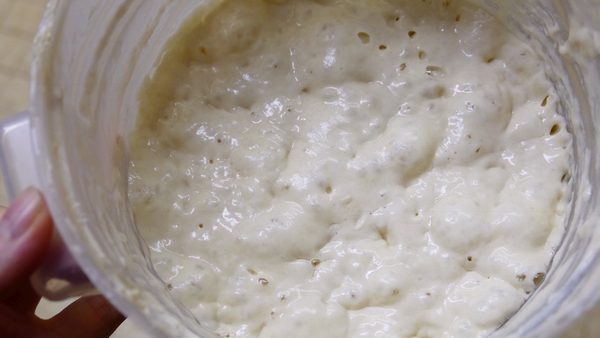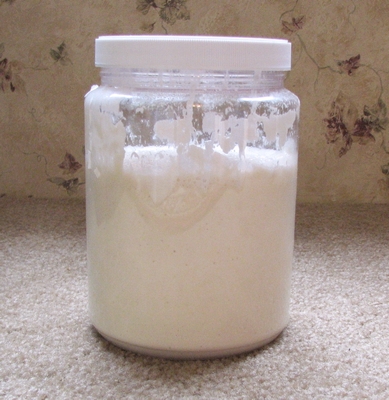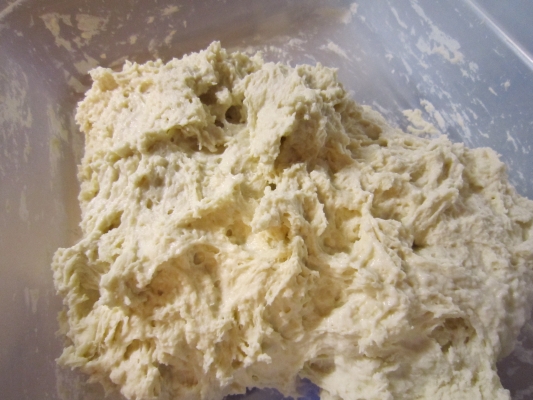Feeding Your Sourdough Starter


Hello fellow bakers!
A student asked me what ratio to feed a sourdough starter at and so I felt it was a good time to answer this question for everyone’s benefit.
Feeding a sourdough starter is an intuitive thing for a baker. You would feed your starter maybe 1:3:3 (one part starter to three parts water and three parts flour) or even 1:4:4 (or even more food) if you wish to have it vigorous the next day after an overnight room temperature ferment or if you wanted to leave it in the fridge for a long time. In that case you are starting with a low inoculation (low amount of starter) and there is plenty of food available to keep the microorganisms happy. It depends upon how warm the temperature is as well.
If you feed your starter in the morning to have ready by the afternoon you would leave a higher ratio of starter to food so that it is actually ready when you need it (which depends mainly on temperature and timing). So maybe you would use 1:1:1
Some doughs are special and they use two or more pre-ferments, some even use a spent starter for a looser, more slack dough. So the feeding for those pre-ferments would be pre-determined and spelled out in the formula.
A lower hydration starter will use up it’s food slower than a more liquid starter. So a liquid starter might need to be fed more and more often depending upon usage, temperature and flour type. A lower hydration starter is easier to transport because it ferments more slowly.
So it depends on what you plan to do with it and when. The longer and the warmer the more food you need. The cooler and the shorter time, the less food you need. In warmer climates, it’s usually a good idea to feed a higher ratio of food and a very low ratio of starter. Different types of flour will also ferment more quickly so you have to keep that in mind when you feed (whole grains ferment more quickly).

If you are going to leave your starter unfed for a long time in the fridge, leave just a small amount on the bottom of the container and feed it a lot. It will last a long time in cold conditions with lots of food.
Of course you always need to feed your starter enough food to make sure there is plenty for the formula and some left over to maintain your starter. If your formula calls for 200 grams of starter and you are feeding it the night before mixing in the morning. You might want to start out with 50 grams of starter, 100 grams of flour and 100 grams of water. If it’s very warm where you are, you may want to use 10 or 20 grams of starter and feed 100 grams of water and 100 grams of flour. You should experiment to see what works for you with your flour, starter, time and temperature.
Like I said, it’s intuitive, you understand intuitively how much to feed your starter the longer and more often you bake.
Comment below to give us your schedule or method of feeding your starter (we need to know!).
Also let me know if I left anything thing out and add it below.
Happy Baking!
Teresa


Hi, Teresa. I keep my starter at room temperature most of the time, but put it into the frig if I am not going to bake for a few days. I do find it confusing to know how important it is to have a recently fed v unfed starter in a recipe when the dough will proof overnight–I recently made your bagels with leftover unfed starter and they came out great, even though I violated the recipe. Since I feed and maintain a very healthy starter at all times (never go more than a few days without feeding), maybe it doesn’t make that much difference?
Hi Catherine, it probably won’t make much of a difference if your starter is fed and cared for frequently. You can have more trouble with a starter that is unfed and neglected. Also it’s good to have a more vigorous starter when you are doing a formula with a very low inoculation (amount) of starter.